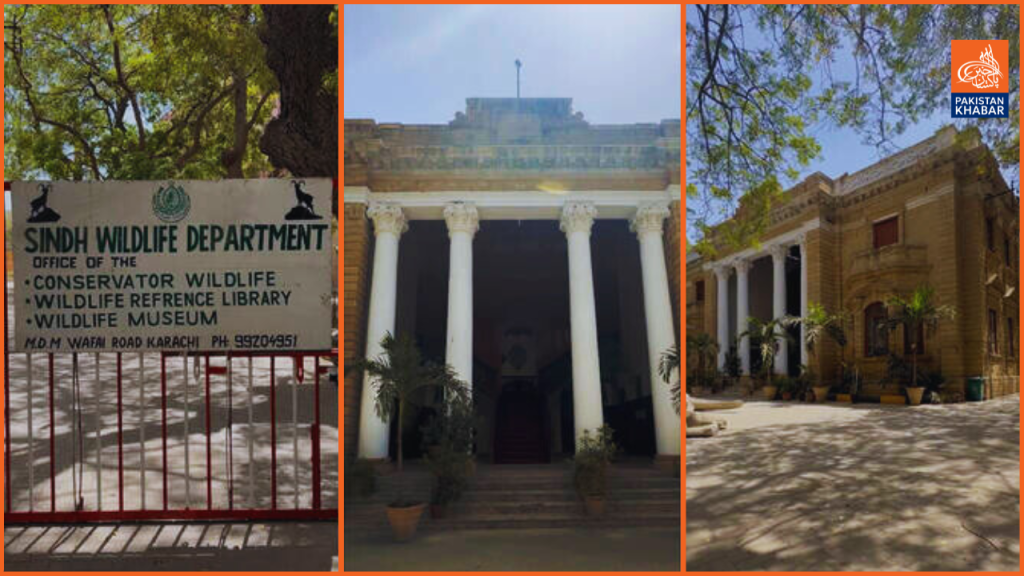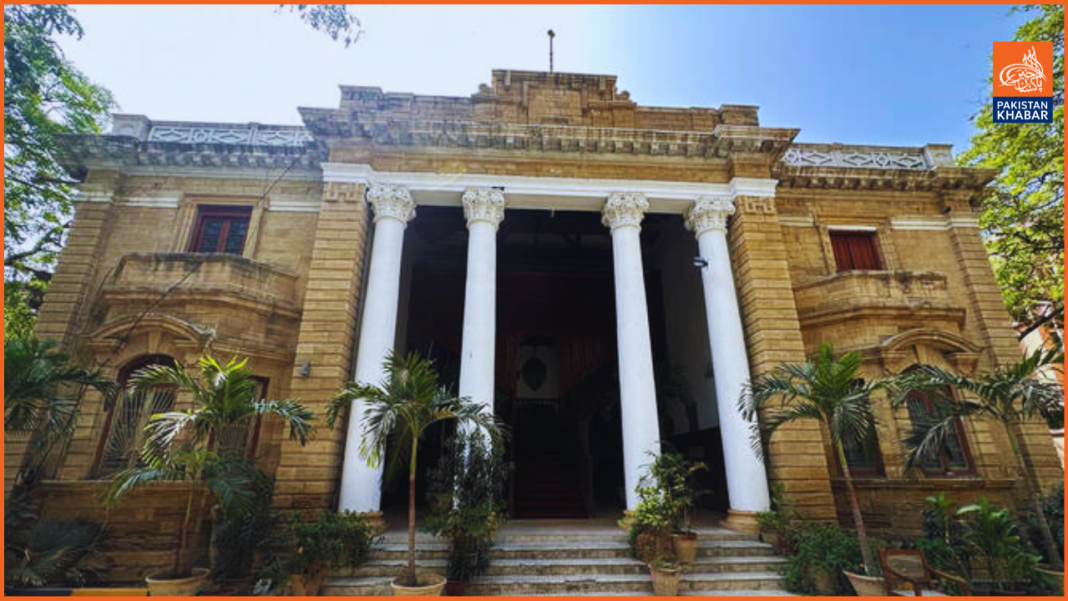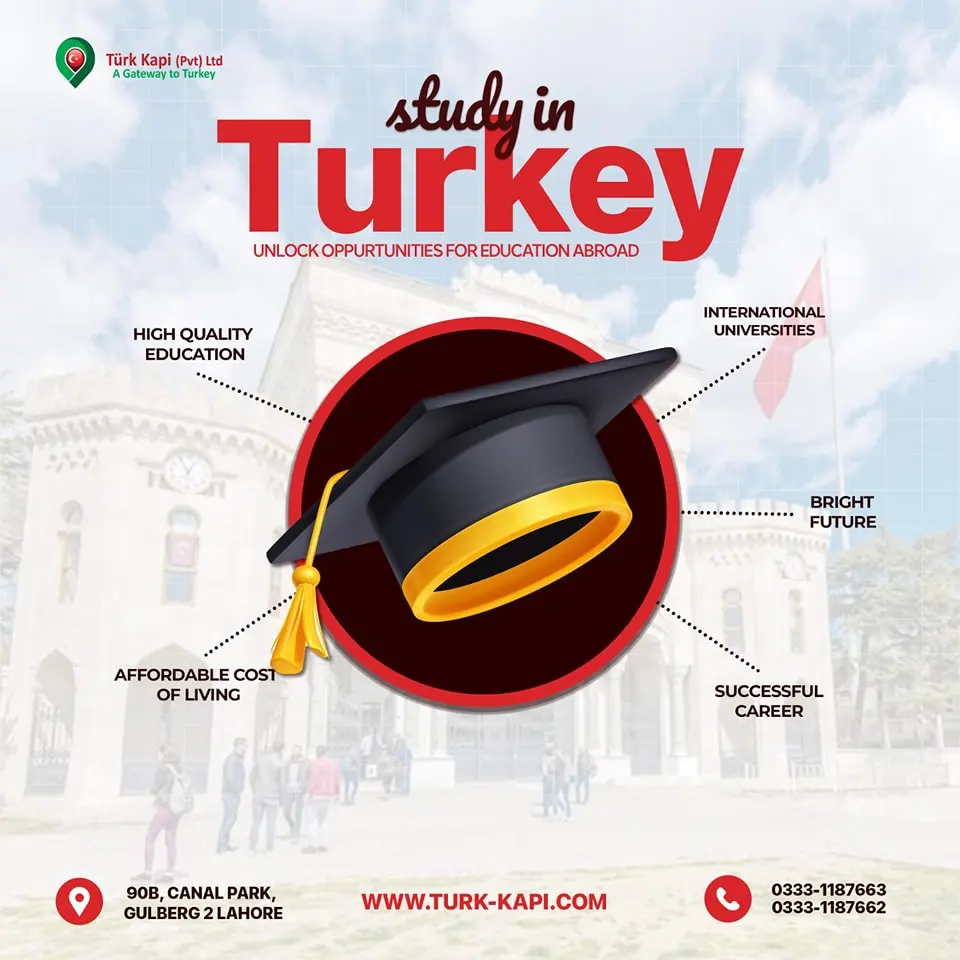In the heart of Karachi, where the city’s relentless pace often eclipses its historical treasures, stands a testament to time and transformation: the Freemasons Lodge Building. Once shrouded in mystery and whispers of clandestine rituals, this neoclassical edifice on Strachan Road has gracefully transitioned from a symbol of secrecy to a beacon of education and conservation.
A Glimpse into the Past
Erected around 1914, the “Lodge of Hope” served as the principal meeting place for Karachi’s Freemasons—a global fraternity whose origins trace back to the medieval stonemasons of Europe. Characterized by its imposing Greek columns and intricate architecture, the lodge was more than just a building; it was a hub for members dedicated to brotherhood, charity, and moral development. However, the organization’s enigmatic ceremonies and symbols often fueled public suspicion, leading locals to dub it the “jadu ka ghar” or “house of magic.”
The Turning Point
The tide turned in 1972 when the Pakistani government banned freemasonry, leading to the takeover of the lodge. For years, the building stood as a silent relic of a bygone era, its halls echoing with the ghosts of secretive gatherings. But destiny had a new chapter in store.

A New Dawn for Conservation
Today, the Freemasons Lodge Building has shed its veil of mystery to embrace a role that resonates with life and learning. Housing the Sindh Wildlife Department’s offices, a natural history museum, and a public library, the lodge has become a sanctuary for both knowledge seekers and nature enthusiasts. Visitors can marvel at preserved specimens of leopards, birds, and reptiles, bridging the gap between Karachi’s rich history and its commitment to wildlife preservation.
Embracing Change with Open Arms
The metamorphosis of the lodge is more than just a change of occupants; it symbolizes Karachi’s resilience and adaptability. Dr. Kaleemullah Lashari, a historian and archaeologist instrumental in the building’s conservation between 2008 and 2011, reflects on this transformation: “The people thought that they [freemasons] were doing something very secretive. For this reason, it was once referred to as ‘jadu ka ghar,’ or house of magic.”



